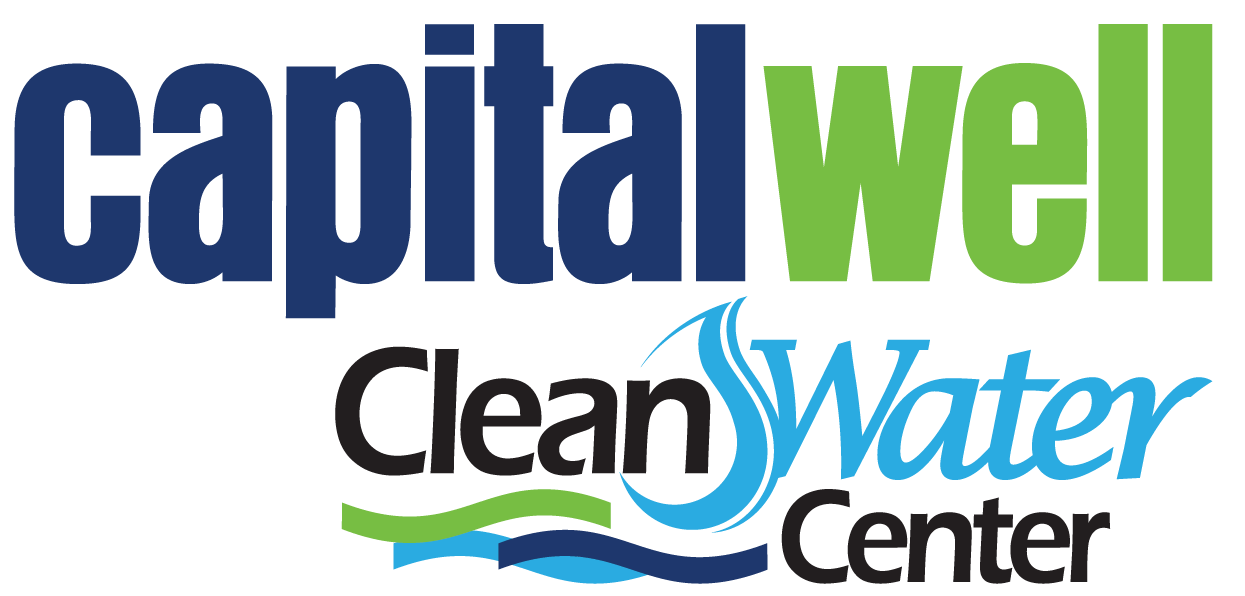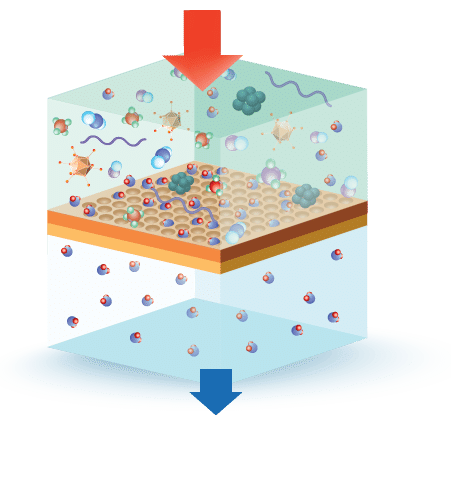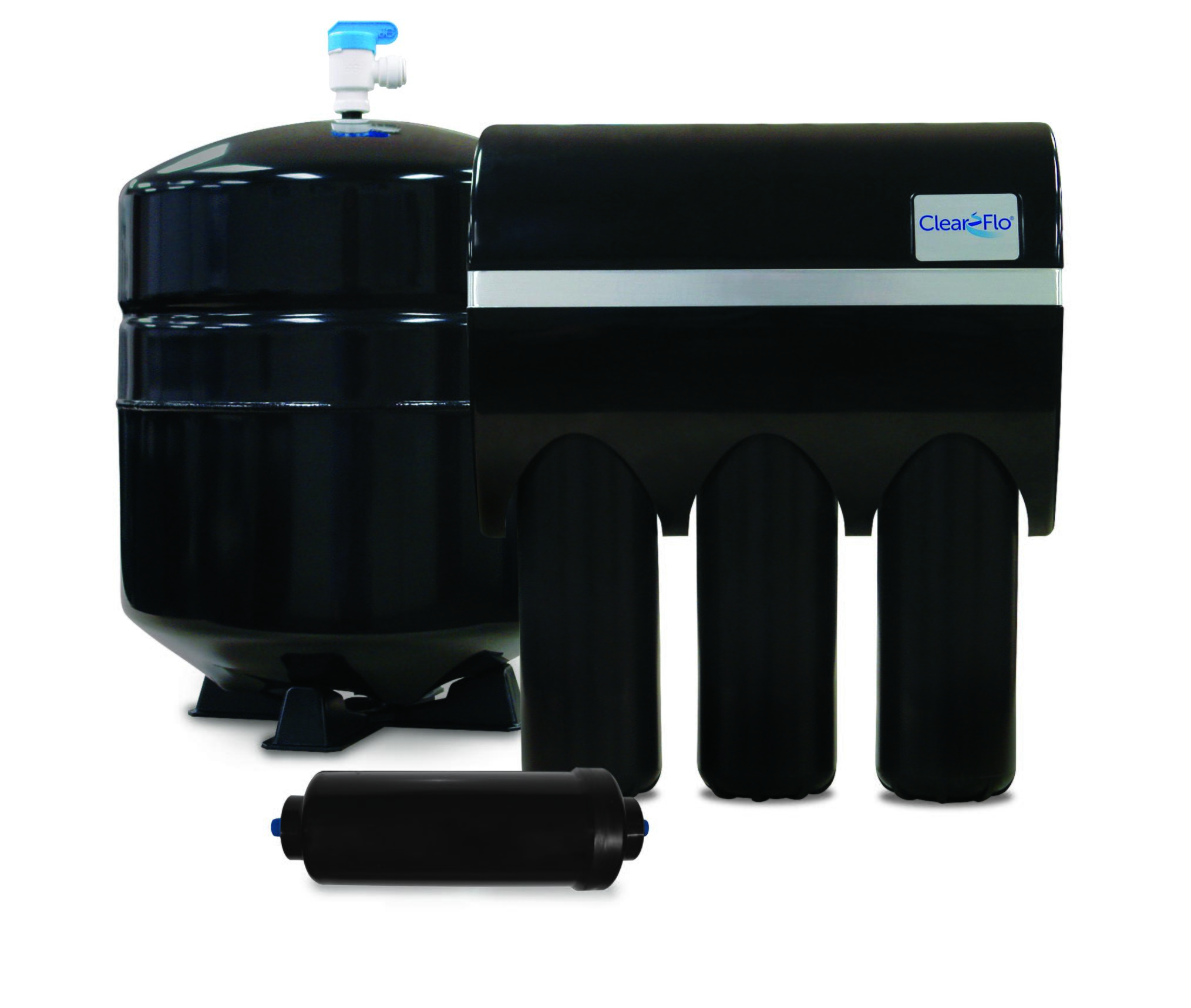WHAT IS A REVERSE OSMOSIS (RO) FILTER?
In researching the history of Reverse Osmosis, I found out that it was originally developed to separate seawater from salt. Then it became more prevalent when bottled water increased in popularity. Many companies adopted this technology to produce water free from contaminants.
WHAT TYPES OF CONTAMINANTS DOES IT TREAT?
Chlorine, fluoride, heavy metals and large suspended particles.
HOW DOES THIS TECHNOLOGY WORK?
The main component of a Reverse Osmosis water filter is a semi-permeable membrane. The term Reverse Osmosis means pressure is used to force water through a membrane that contaminants cannot follow. The materials of these membranes can vary. At Capital Well Clean Water Center, one of our top filters is the Evolve Clear Flo® System.
REVERSE OSMOSIS DRINKING WATER SYSTEMS REDUCE IMPURITIES AND OTHER CONTAMINANTS THROUGH A MULTI-STAGE FILTRATION PROCESS.
- The water enters a sediment carbon pre-filter which ensures chlorine and particle-free water.
- Next, the water goes through the membrane, trapping contaminants and substantially reducing microscopic impurities
- The water is channeled through the post-carbon filter. Any contaminants that got past the membrane are removed here. The water then gets stored in the pressure tank for use.
- The water is run through one last carbon filtration process to avoid picking up tastes and odors from the filtration tank.
- Maintenance requires a simple cartridge replacement.
Does your water taste like pool water? Yuck! And never mind the health implications of chlorine, covered in a previous post! If you have city or town water and are tired of buying bottled water, you should consider installing a Reverse Osmosis system.
THIS IS A GREAT SOLUTION TO PUBLIC WATER SUPPLIES THAT ARE TREATED WITH CHLORINE AND FLUORIDE.
Where do you start? Call us for a free consultation today! 1-800-924-1192 or send us a request.


